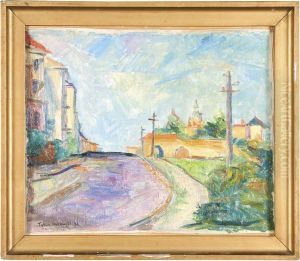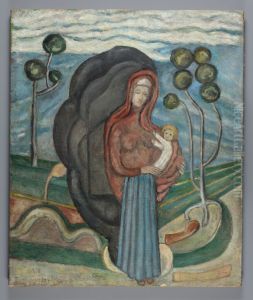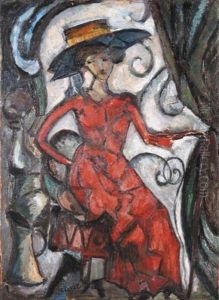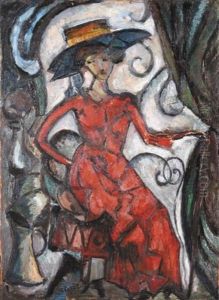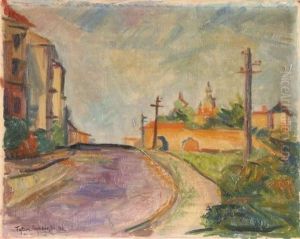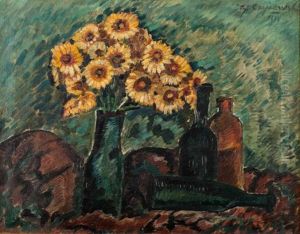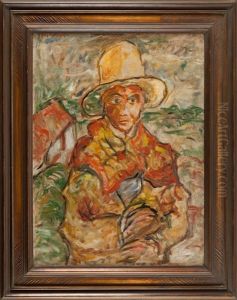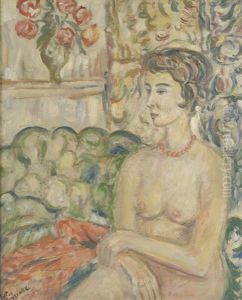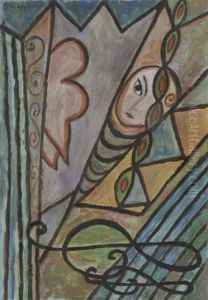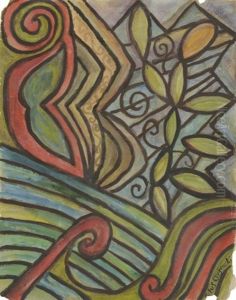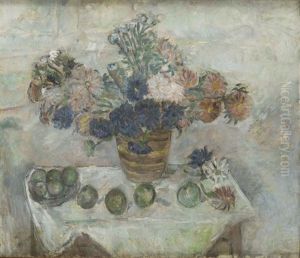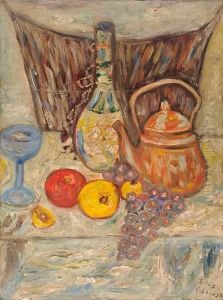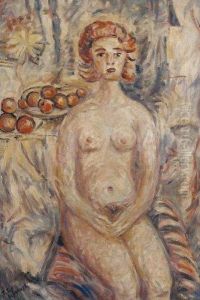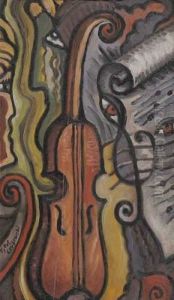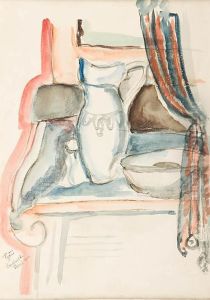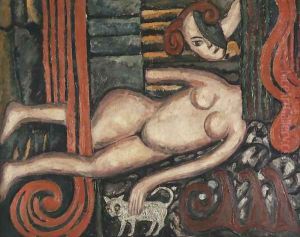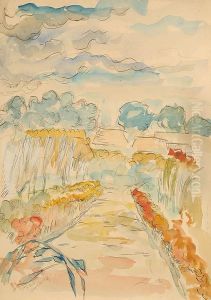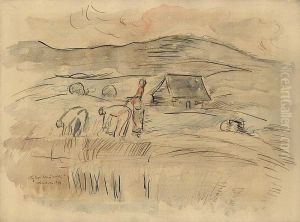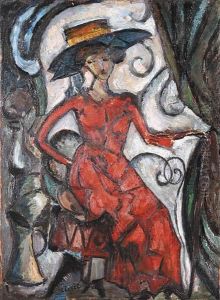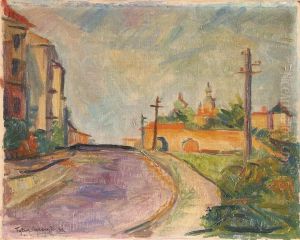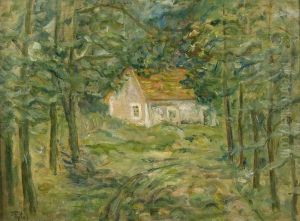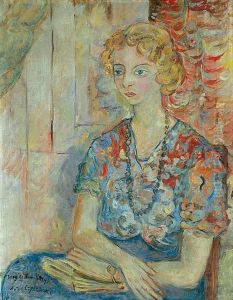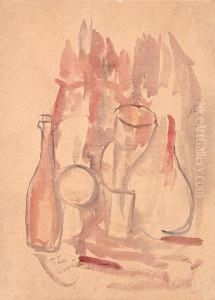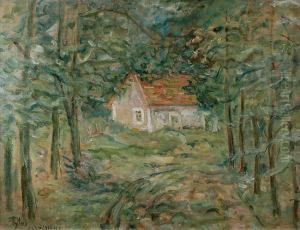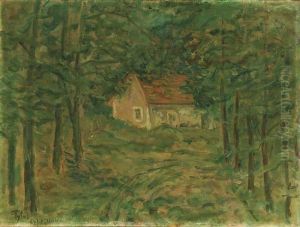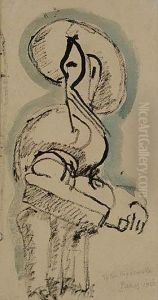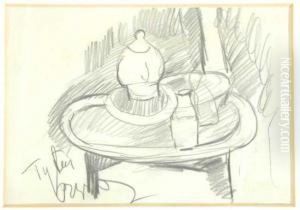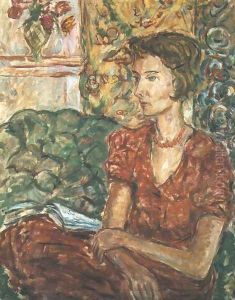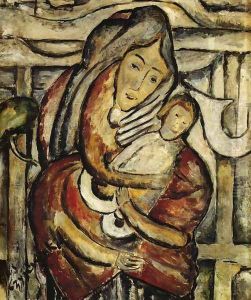Tytus Czyzewski Paintings
Tytus Czyzewski was a Polish painter, poet, and art theorist who played an important role in the development of modern art in Poland. Born on December 14, 1880, in Lesser Poland's village of Szczebrzusz, Czyzewski was part of the formative wave of avant-garde artists who sought to break with traditional forms and embrace the emerging styles of the early 20th century.
Czyzewski studied at the Kraków Academy of Fine Arts and later in Munich, which was a significant art center at the time. His early work was influenced by Symbolism and Art Nouveau, but after experiencing the radical changes in the art world firsthand in Paris and Munich, he became an advocate for the avant-garde movement. Czyzewski was particularly influenced by the works of the Fauvists and the Cubists, which is evident in his use of vibrant colors and the geometric simplification of forms.
In 1917, Czyzewski co-founded the Polish Expressionist group 'Formiści' (Formists), which aimed to blend modern artistic trends with national traditions. The group was a pioneer of modernism in Poland, promoting the integration of the visual arts, literature, and theater. As a member of the Formists, Czyzewski contributed to the development of a distinctly Polish form of Expressionism, which combined elements of local folklore with the dynamism of European modernism.
Throughout his career, Czyzewski was also active as a writer and critic. He published several collections of poems and essays on art, further cementing his role as a key intellectual figure in the Polish art scene. His theoretical works often explored the relationship between art and national identity, and the ways in which modern art could contribute to the cultural renewal of Poland.
Czyzewski's artistic output declined in the late 1920s, and he focused more on literary activities. However, his legacy as a pioneer of Polish modernism remained significant. His work is characterized by a bold use of color, dynamic composition, and an innovative approach to form that reflects the tumultuous and transformative period of European art in the early 20th century.
Tytus Czyzewski's life was cut short by the turmoil of World War II. He died on October 5, 1945, leaving behind a body of work that continued to influence Polish artists and the understanding of modern art in Poland. His contributions to both the visual arts and literary culture of his country are remembered as part of the foundation upon which contemporary Polish art has been built.
